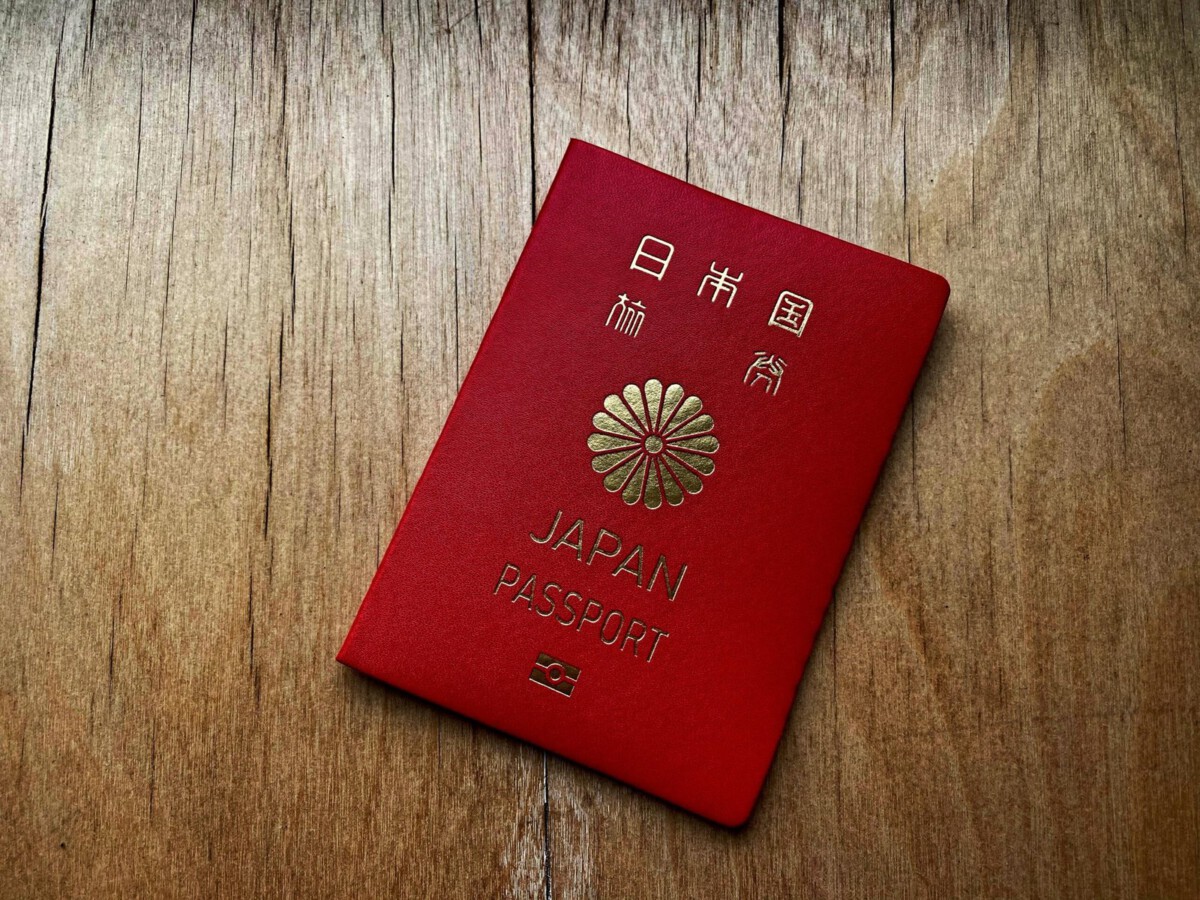The Economic Engine of Victory

When America entered World War I in April 1917, the nation unleashed an economic transformation that would forever change the global balance of power. Although the United States was actively involved in World War I for only nineteen months, from April 1917 to November 1918, the mobilization of the economy was extraordinary. Over four million Americans served in the armed forces, and the U.S. economy turned out a vast supply of raw materials and munitions.
The numbers tell a staggering story of rapid mobilization. The result, of course, was a rapid increase in federal spending from $477 million in 1916 to a peak of $8,450 million in 1918. This represented an astronomical leap of nearly 1,700% in just two years. The latter figure amounted to over 12 percent of GNP, and that amount excludes spending by other wartime agencies and spending by allies, much of which was financed by U.S. loans.
The Industrial Transformation
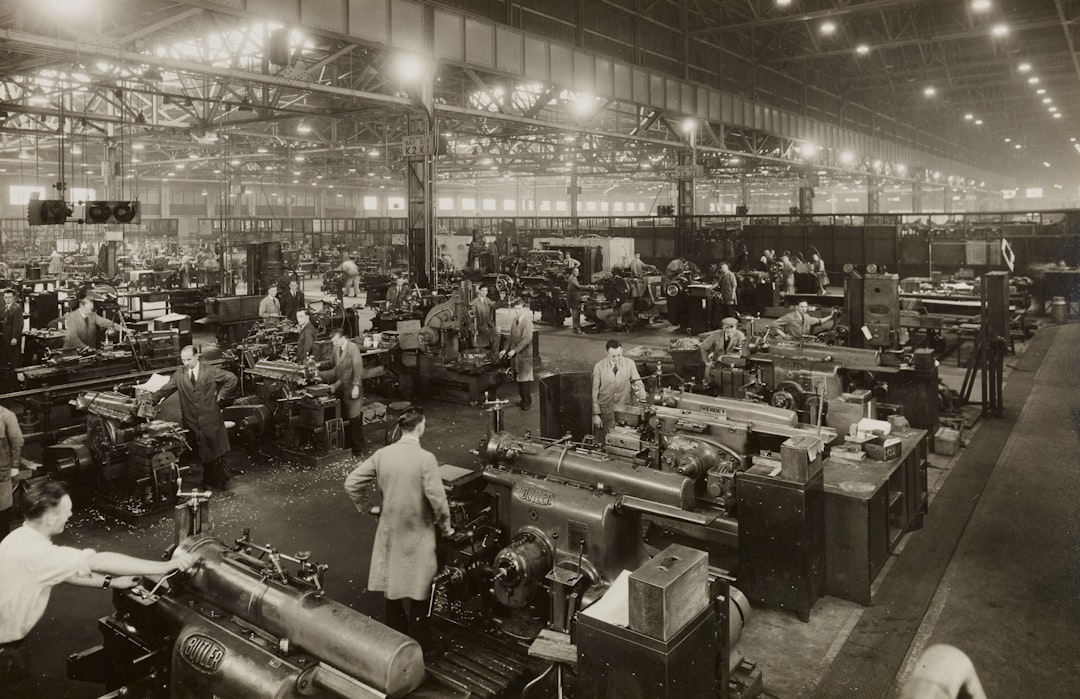
America’s entry into the war triggered an unprecedented industrial awakening. When the war began, the U.S. economy was in recession. But a 44-month economic boom ensued from 1914 to 1918, first as Europeans began purchasing U.S. goods for the war and later as the United States itself joined the battle. The neutrality period actually worked in America’s favor, as “The long period of U.S. neutrality made the ultimate conversion of the economy to a wartime basis easier than it otherwise would have been,” writes Rockoff.
The war effort completely reshaped American manufacturing. During the war, U.S. military participation surged, with millions serving and substantial government expenditures leading to a dramatic increase in public debt. The war effort stimulated economic activity, with American exports to Europe skyrocketing as demand for goods surged. This wasn’t just about producing weapons and ammunition – it was about transforming an entire economy into a machine capable of supporting global warfare.
The Financial Revolution
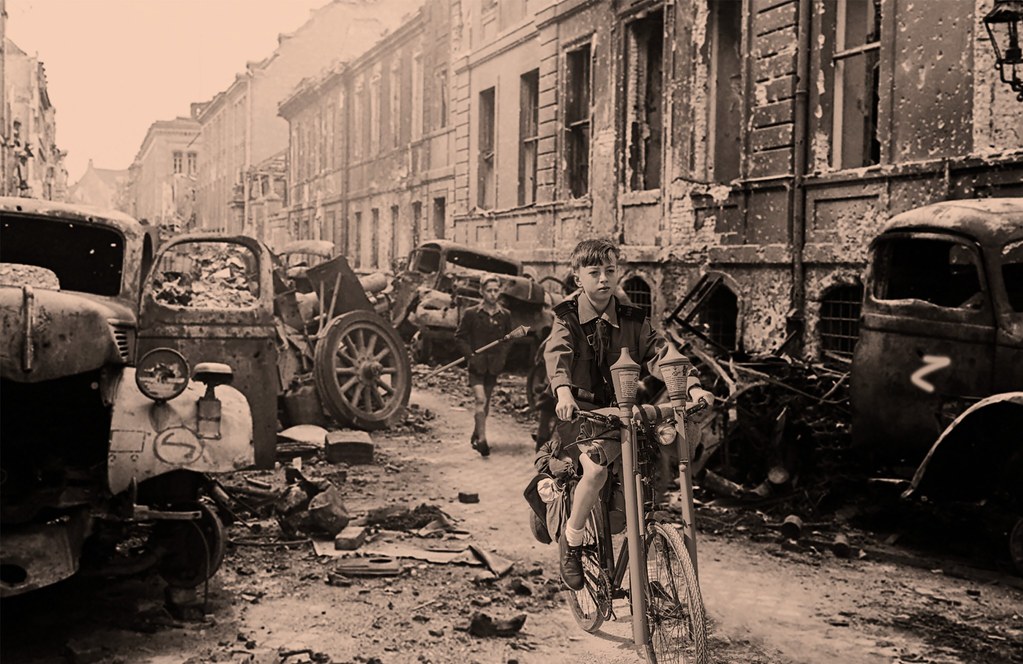
The war’s financial implications were profound and lasting. The total cost of World War I to the United States (was) approximately $32 billion, or 52 percent of gross national product at the time – a staggering figure that demonstrates the scale of American commitment. The government had to completely reimagine how it funded operations, moving from peacetime budgets to wartime expenditures that dwarfed anything previously seen.
To finance this massive undertaking, the government employed multiple strategies. To raise money for defense, the government relied on a number of techniques — calling on the American people to ration certain commodities, generating more tax revenue by lowering the personal exemption and selling government war bonds to individuals and financial institutions. All of these methods served to provide the government with revenue and at the same time keep inflation under control.
The Home Front Revolution
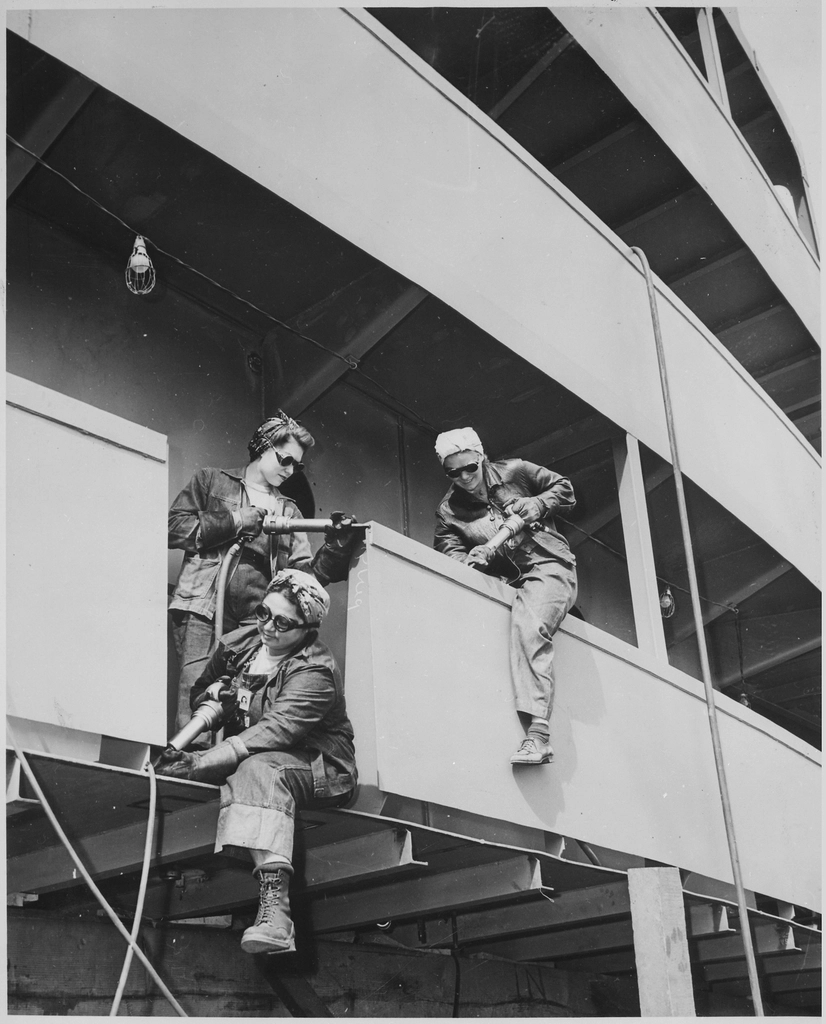
While men fought overseas, the American home front underwent a social revolution that would echo through the decades. With millions of men away from home, women filled manufacturing and agricultural positions on the home front. This wasn’t just a temporary adjustment – it represented a fundamental shift in American society’s understanding of women’s capabilities and roles.
The transformation was immediate and dramatic. Women filled many jobs that were brought into existence by wartime needs. These weren’t just traditional “women’s work” positions – they were jobs in heavy industry, munitions manufacturing, and other sectors previously dominated by men. The war had created a necessity that broke down longstanding social barriers.
The Labor Force Transformation
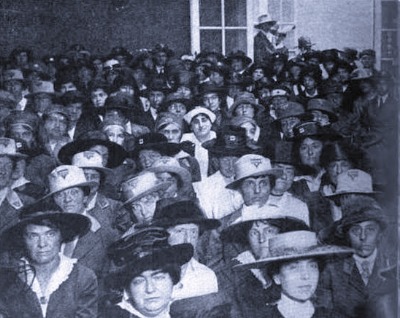
The war fundamentally altered America’s workforce composition in ways that would have lasting effects. World War I was a watershed event for women and their involvement in the military and military efforts. This transformation extended far beyond military service into every aspect of American economic life.
The scale of change was unprecedented. Women didn’t just replace men in existing jobs – they entered entirely new fields of work. The war created demands for skilled workers in areas like munitions production, shipbuilding, and military supply manufacturing. These industries required technical skills and offered wages that were previously unavailable to women, creating new possibilities for economic independence.
The Manufacturing Marvel
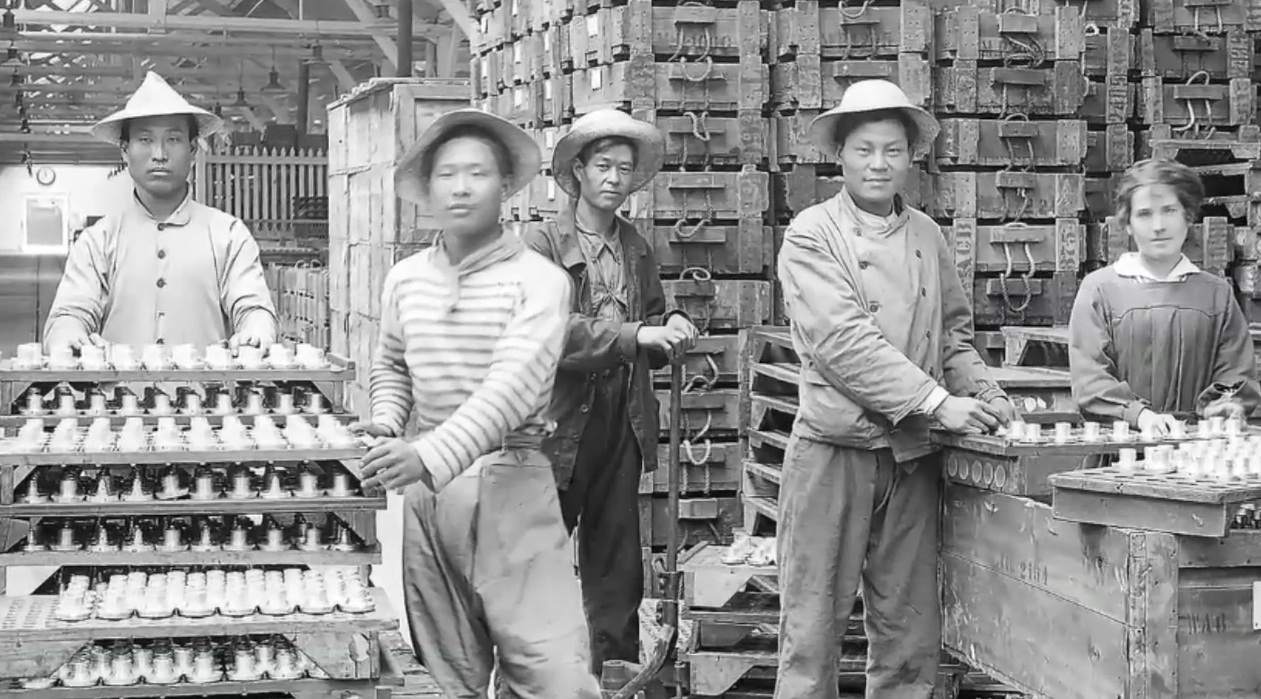
American manufacturing during World War I demonstrated the nation’s incredible productive capacity. War production profoundly changed American industry. Companies already engaged in defense work expanded. Entire industries pivoted to war production with remarkable speed and efficiency.
The transformation was visible everywhere. Like the shipyards in Mobile and plane-repair facilities near Sacramento, factories in Waterbury, Connecticut were transformed to keep up with the war. The Mattatuck Manufacturing Company switched from making upholstery nails to cartridge clips for the Springfield rifle, and soon was turning out three million clips a week. These weren’t minor adjustments – they represented complete industrial reconfigurations accomplished in record time.
The Scientific and Technological Leap
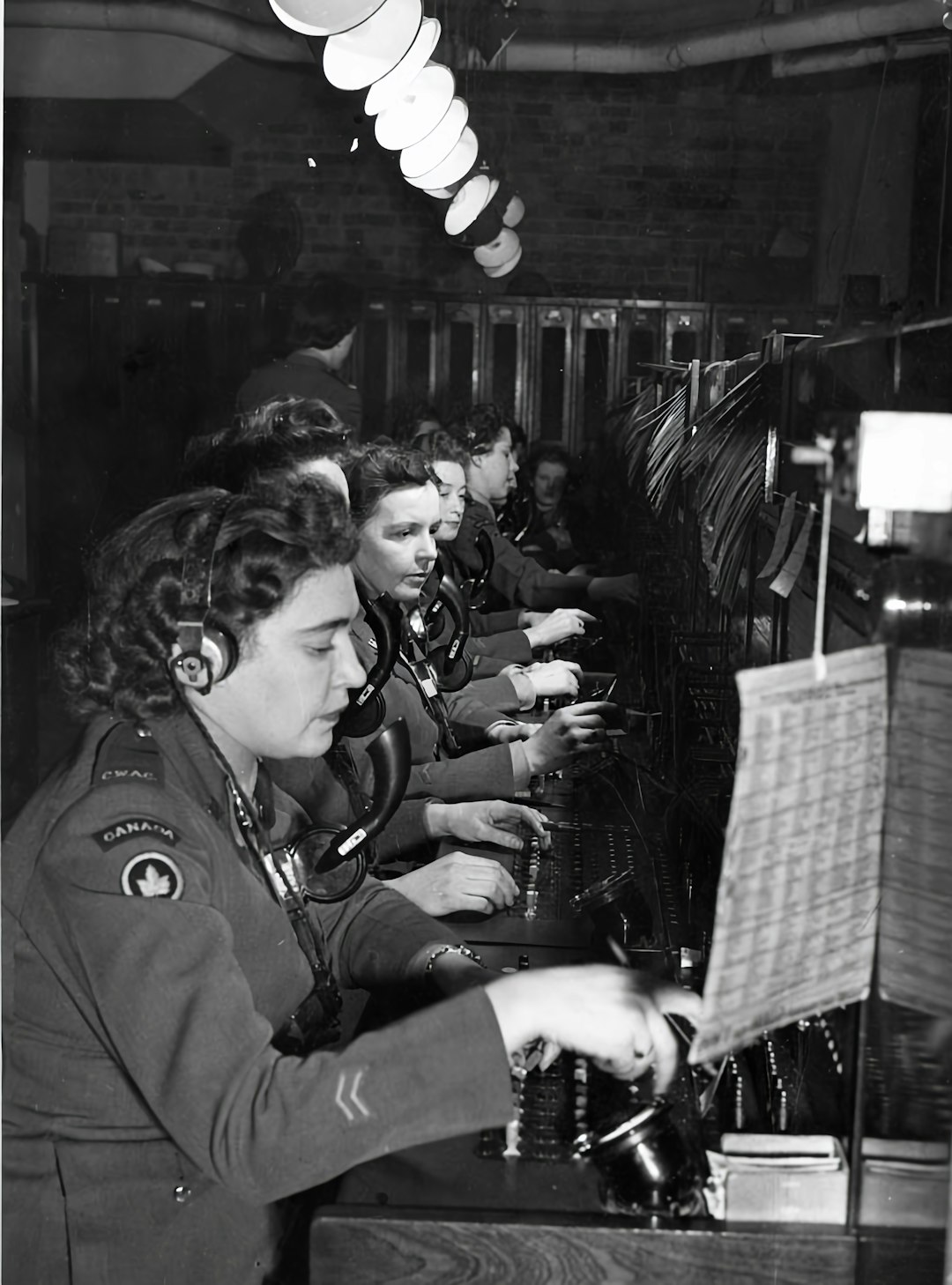
World War I accelerated American scientific and technological development in ways that would define the century to come. The war created urgent demands for innovation, pushing American engineers, scientists, and inventors to develop new solutions to unprecedented challenges. Chemical weapons research, aviation technology, and communications systems all advanced rapidly under wartime pressures.
The government’s investment in research and development during the war established patterns that would continue long after the conflict ended. Universities partnered with industry and government in new ways, creating the foundation for America’s later dominance in technological innovation. This collaboration model would prove crucial for future conflicts and economic development.
The Global Financial Shift
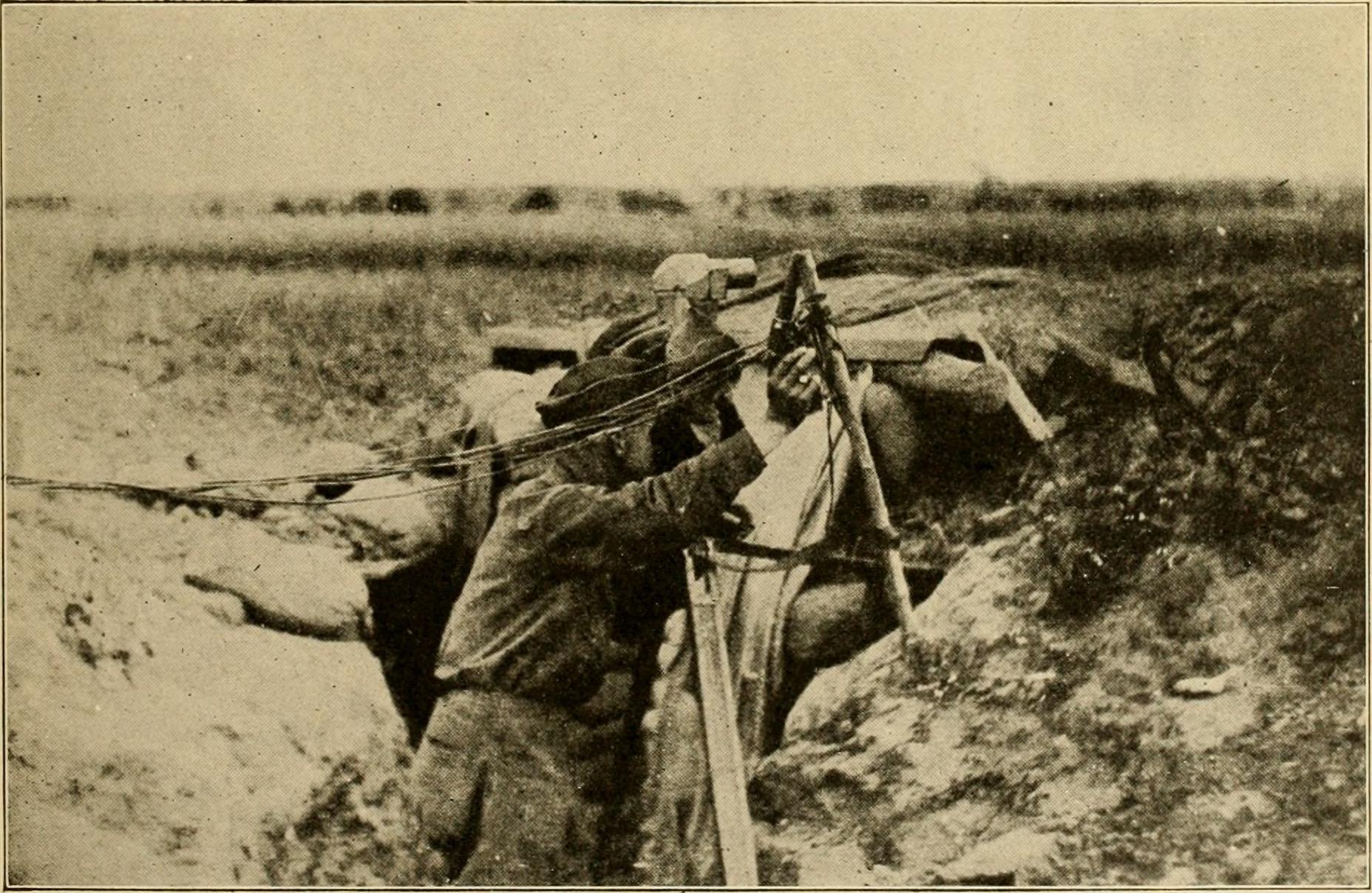
America’s role in World War I marked its emergence as a global financial powerhouse. The war transformed the United States from a debtor nation to the world’s primary creditor, fundamentally altering international economic relationships. European nations, exhausted by years of conflict, increasingly relied on American loans and investment to sustain their war efforts.
This financial dominance had profound implications that extended far beyond the war itself. American banks and financial institutions gained unprecedented influence in global markets, setting the stage for the dollar’s eventual role as the world’s primary reserve currency. The war essentially transferred financial leadership from London to New York, a shift that would define international economics for decades to come.
The Cultural and Social Transformation
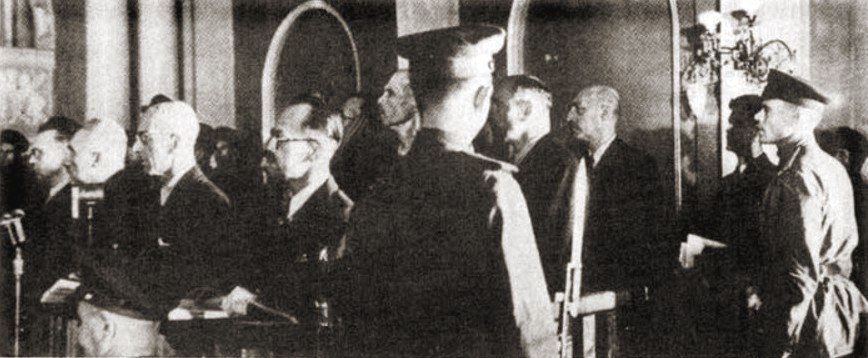
The war’s impact on American culture went far beyond economic changes. It accelerated social movements, particularly women’s suffrage, and created new forms of national identity. The shared sacrifice of the war effort fostered a sense of national unity that transcended regional and class differences, while simultaneously challenging traditional social hierarchies.
The experience of total war mobilization also changed Americans’ relationship with their government. Citizens accepted unprecedented levels of federal intervention in daily life, from rationing to war bond drives. This expansion of government authority would have lasting effects on American political culture, establishing precedents for federal action during future crises.
The Infrastructure Revolution
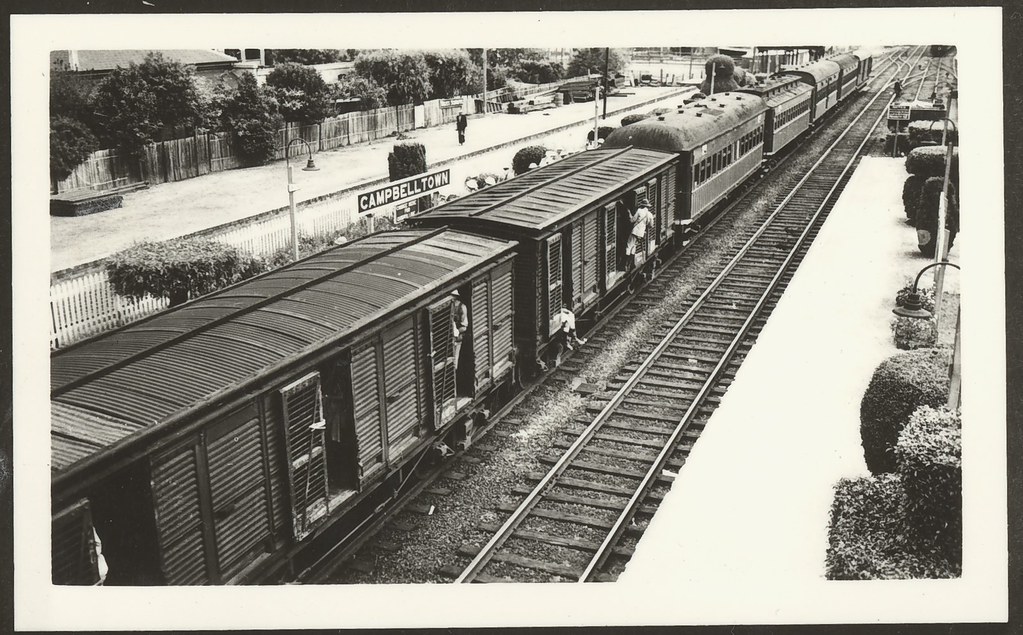
World War I triggered massive infrastructure development that would benefit America for generations. The war required improved transportation networks, expanded port facilities, and enhanced communication systems. Railroads were nationalized and coordinated to maximize efficiency, while shipyards expanded rapidly to meet unprecedented demand.
The industrial capacity built during the war didn’t simply disappear when peace returned. New factories, improved transportation systems, and expanded infrastructure provided the foundation for America’s post-war economic boom. The war essentially forced a modernization of American industry that might have taken decades to achieve under peacetime conditions.
The Agricultural Revolution
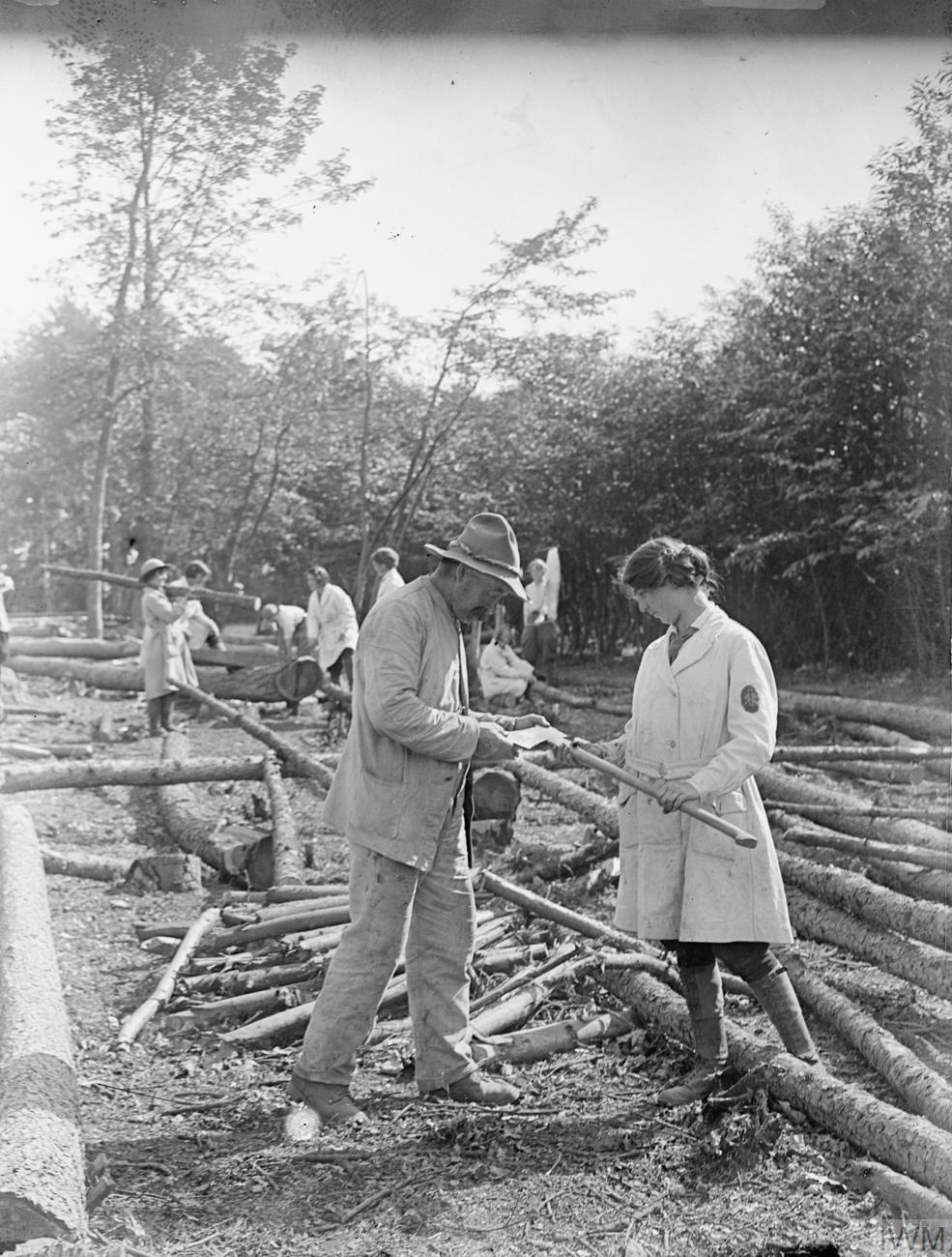
American agriculture underwent its own transformation during World War I, as farmers were called upon to “feed the world.” The war created unprecedented demand for American agricultural products, leading to rapid mechanization and expansion of farming operations. New technologies and techniques were adopted to increase productivity and meet wartime demands.
The agricultural boom had profound effects on rural America. Farm incomes rose dramatically, leading to increased land values and rural prosperity. However, this transformation also accelerated the consolidation of smaller farms and the migration of rural populations to urban industrial centers, fundamentally altering the American landscape.
The International Influence

America’s wartime role established it as a major player in international affairs for the first time. The nation’s military, economic, and diplomatic contributions to the Allied victory gave it unprecedented influence in shaping the post-war world order. President Wilson’s Fourteen Points and his vision for the League of Nations represented America’s first serious attempt to lead global governance.
This newfound international prominence came with both opportunities and responsibilities. America’s industrial capacity and financial resources made it indispensable to European reconstruction efforts, while its military power positioned it as a guarantor of international stability. The war marked the beginning of America’s emergence as a global superpower.
The Long-term Economic Impact
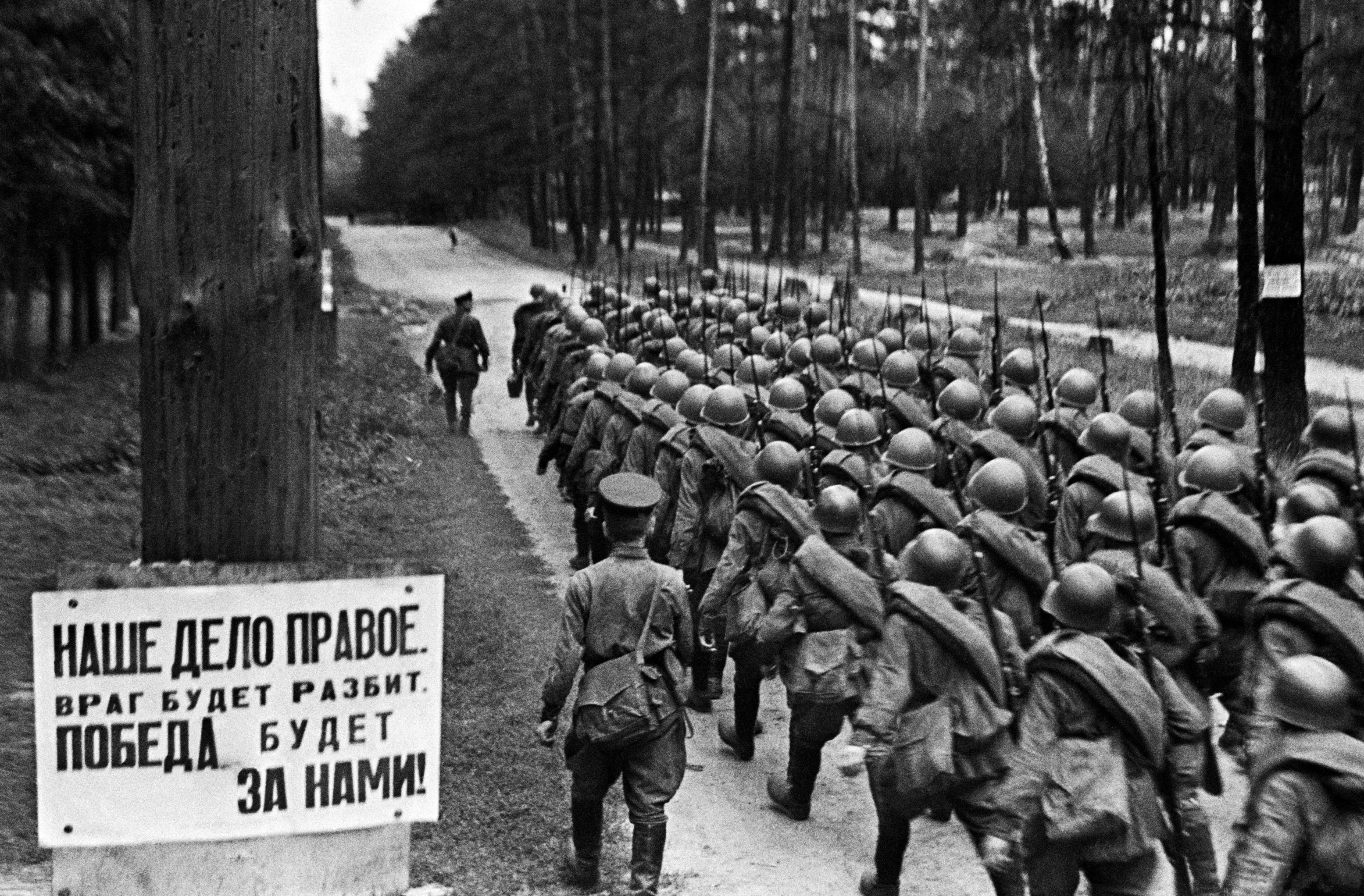
The economic changes unleashed by World War I had effects that lasted far beyond the armistice. After surveying the U.S. mobilization and financing for the war, Rockoff concludes that perhaps the greatest impact of World War I was a shift in the landscape of ideas about economics and about the proper role of government in economic activities. The war demonstrated that the federal government could successfully coordinate massive economic mobilization, setting precedents for future interventions during the Great Depression and World War II.
The war also accelerated trends toward economic consolidation and corporate organization that would define twentieth-century American capitalism. Large corporations proved most capable of meeting wartime production demands, leading to increased concentration of economic power and the development of closer government-business partnerships that would characterize the modern American economy.
Conclusion
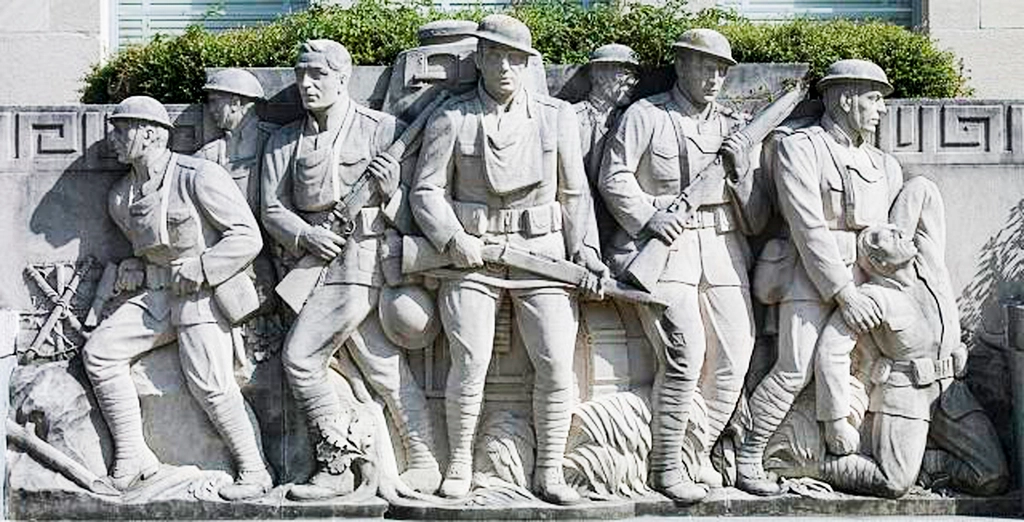
America’s role in World War I extended far beyond the battlefields of Europe, fundamentally transforming the nation’s economy, society, and position in the world. The war served as a catalyst for changes that had been building for decades, accelerating industrialization, urbanization, and social transformation in ways that would define the American century to come.
The economic mobilization demonstrated America’s unprecedented capacity for rapid industrial expansion and innovation. The social changes, particularly the transformation of women’s roles in the workforce, challenged traditional hierarchies and created new possibilities for social progress. The financial revolution established America as the world’s dominant economic power, while the technological advances laid the foundation for future innovation.
Perhaps most importantly, the war established patterns of government-business cooperation and federal intervention that would prove crucial during future crises. The experience of total war mobilization showed that American democracy could successfully coordinate massive collective efforts when necessity demanded it. How many other nations could have achieved such rapid and comprehensive transformation while maintaining their democratic institutions and values?


